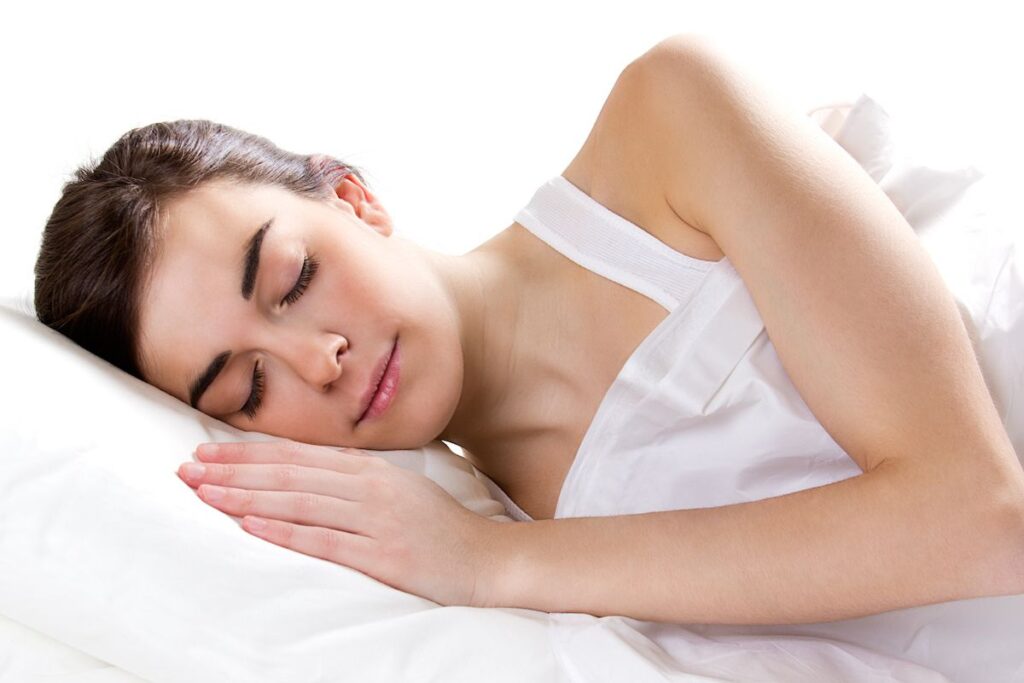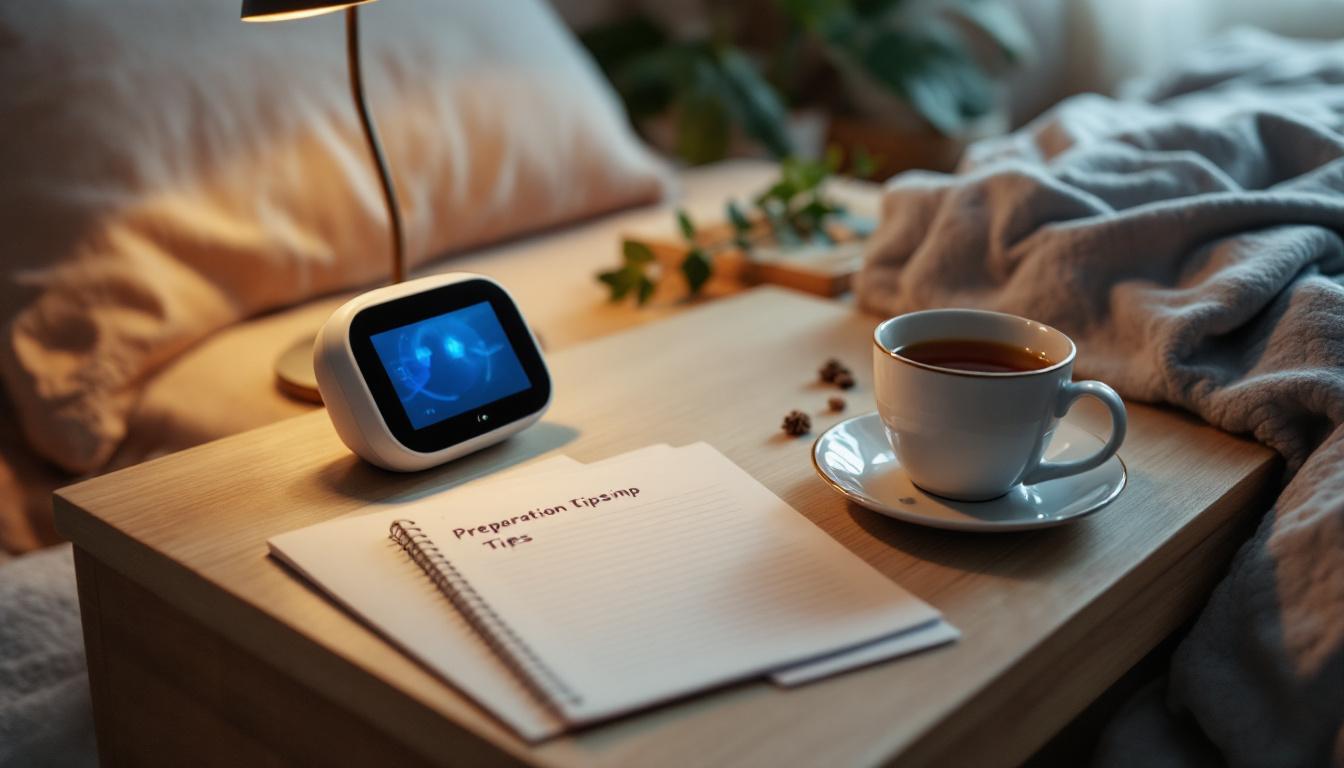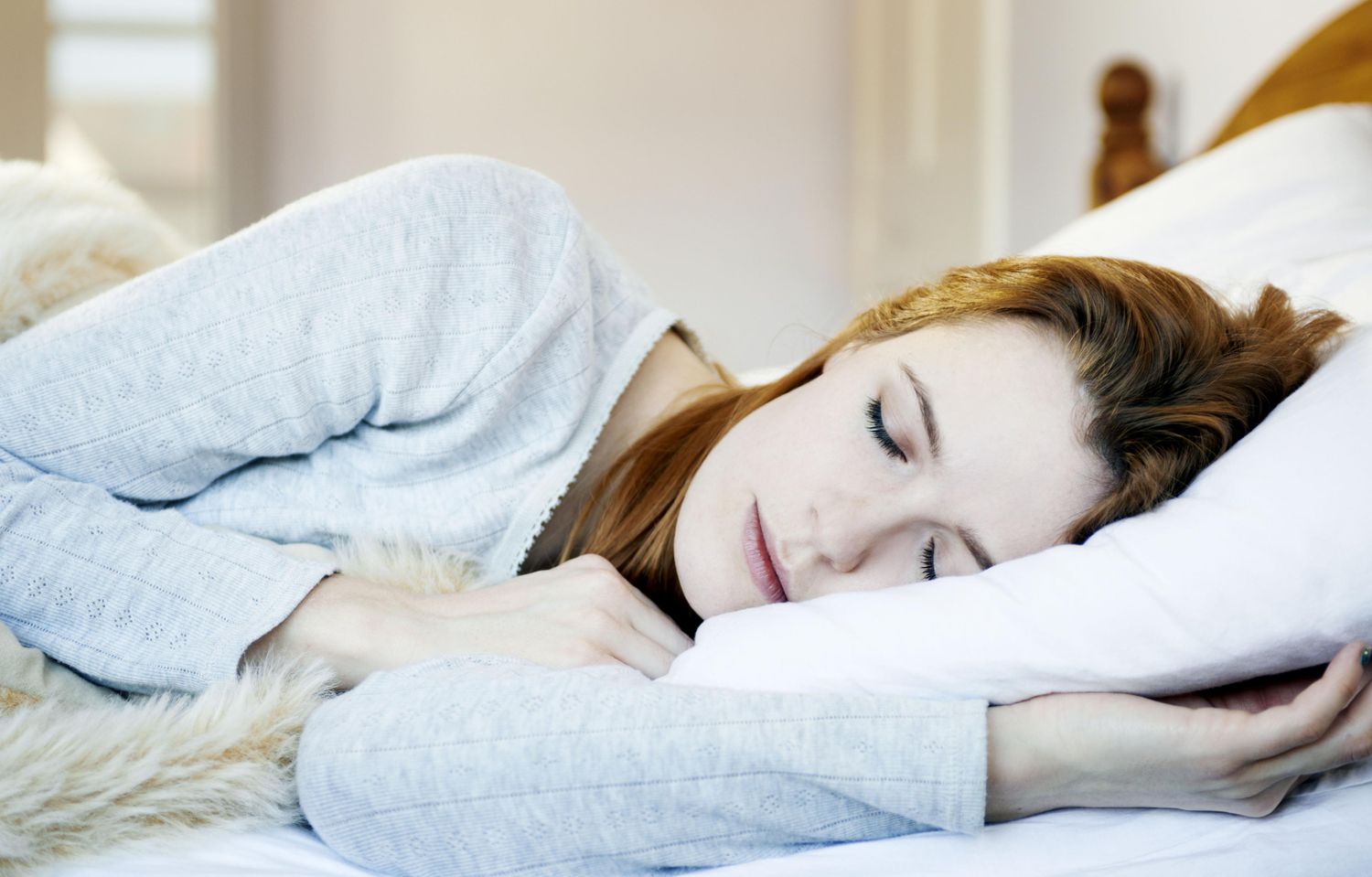In recent years, the understanding of sleep disorders has evolved significantly, leading to innovative solutions that cater to the needs of patients. Home sleep studies have emerged as a convenient and effective method for diagnosing sleep-related issues, particularly in Brisbane. This article explores the benefits of home sleep studies, highlighting their importance in the realm of sleep medicine.
Understanding Home Sleep Studies
Home sleep studies, also known as home sleep apnea tests (HSATs), are diagnostic tools designed to assess sleep patterns and identify potential sleep disorders, such as obstructive sleep apnoea (OSA). Unlike traditional sleep studies conducted in sleep labs, home sleep studies allow patients to undergo testing in the comfort of their own homes. This not only enhances the patient’s comfort but also provides a more natural sleep environment, which can lead to more accurate results. Many individuals find the prospect of sleeping in an unfamiliar lab setting daunting, which can inadvertently affect their sleep quality and the data collected during the study.

Home sleep study Brisbane represent a significant advancement in the diagnosis and management of sleep disorders, particularly in Brisbane. With their convenience, cost-effectiveness, and quick results, they offer an appealing alternative to traditional sleep studies for many patients. However, it is crucial to recognise their limitations and to seek professional guidance when considering a home sleep study.
How Home Sleep Studies Work
During a home sleep study, patients are provided with a portable monitoring device that tracks various physiological parameters while they sleep. These parameters often include breathing patterns, oxygen saturation levels, heart rate, and body movements. The data collected is then analysed by a qualified sleep specialist to determine the presence and severity of any sleep disorders. The devices used are typically user-friendly, with clear instructions to ensure that patients can set them up easily. Some advanced models even incorporate smartphone applications, allowing for real-time monitoring and feedback, which can enhance the overall experience and provide immediate insights into the patient’s sleep quality.
Read more at: Sleep Apnea Test Brisbane: Signs You Shouldn’t Ignore
Who Should Consider a Home Sleep Study?
Home sleep studies are particularly beneficial for individuals who exhibit symptoms of sleep disorders, such as loud snoring, excessive daytime sleepiness, or difficulty concentrating. They are also suitable for patients who may find it challenging to spend the night in a sleep lab due to anxiety, discomfort, or other personal reasons. Consulting with a healthcare professional can help determine if a home sleep study is the right choice. Additionally, those who have previously undergone a sleep study but did not receive conclusive results may find a home sleep study to be a more practical option. This method can also be a cost-effective alternative, as it often requires fewer resources than traditional lab-based studies, making it accessible to a wider range of patients. Furthermore, as awareness of sleep disorders grows, more individuals are recognising the importance of addressing their sleep health proactively, leading to increased interest in home sleep studies as a viable diagnostic tool.
The Benefits of Home Sleep Studies
Home sleep studies offer numerous advantages over traditional laboratory-based assessments. These benefits can significantly enhance the patient experience and lead to more accurate diagnoses.
Convenience and Comfort
One of the primary benefits of a home sleep study is the convenience it provides. Patients can sleep in their own environment, which often leads to a more natural and accurate representation of their sleep patterns. The familiar surroundings can reduce anxiety and improve the quality of sleep during the assessment, resulting in more reliable data.
Moreover, home sleep studies can be scheduled at the patient’s convenience, eliminating the need for lengthy waiting times often associated with laboratory testing. This flexibility can be particularly advantageous for those with busy lifestyles or family commitments. Find more about flexibility on https://webpath.med.utah.edu/TUTORIAL/LEARN/LEARN09.html
Cost-Effectiveness
Home sleep studies are generally more cost-effective than traditional sleep studies. The expenses associated with overnight stays in sleep clinics, including facility fees and additional testing, can add up quickly. In contrast, home sleep studies typically incur lower costs, making them a more accessible option for many patients.
Additionally, many health insurance plans cover home sleep studies, further reducing the financial burden on patients. This affordability can encourage individuals to seek diagnosis and treatment for sleep disorders, ultimately leading to improved health outcomes.
Quick Results and Diagnosis
Another significant advantage of home sleep studies is the speed at which results are obtained. Once the data is collected, it can be analysed relatively quickly, allowing healthcare providers to deliver diagnoses and treatment recommendations in a timely manner. This rapid turnaround can be crucial for patients suffering from sleep disorders, as timely intervention can lead to better management of symptoms and improved overall health.
Limitations of Home Sleep Studies
While home sleep studies offer numerous benefits, it is essential to acknowledge their limitations. Understanding these constraints can help patients make informed decisions regarding their sleep health.
Not Suitable for All Patients
Home sleep studies are not appropriate for everyone. Individuals with complex sleep disorders, such as central sleep apnoea or those who require continuous monitoring of additional parameters, may need to undergo traditional sleep studies in a clinical setting. Furthermore, patients with comorbid conditions or those who are unable to operate the monitoring equipment may also benefit more from a laboratory-based assessment.
Potential for Inaccurate Results
Although home sleep studies are effective for diagnosing common sleep disorders, they may not capture the full spectrum of sleep-related issues. Factors such as improper device placement, poor sleep quality, or external disturbances can lead to inaccurate results. Therefore, it is crucial for patients to follow the instructions provided by healthcare professionals carefully and to communicate any concerns regarding the testing process.
Preparing for a Home Sleep Study
Preparation is key to ensuring the success of a home sleep study. By following specific guidelines, patients can enhance the accuracy of the results and contribute to a more effective diagnosis.

Consultation with a Healthcare Provider
Before undergoing a home sleep study, it is essential to consult with a healthcare provider. During this consultation, the provider will assess the patient’s symptoms, medical history, and overall health to determine if a home sleep study is appropriate. They will also provide guidance on how to prepare for the study and what to expect during the process. Click here to find more about symptoms.
Device Setup and Instructions
Once a home sleep study is scheduled, patients will receive a portable monitoring device along with detailed instructions on how to set it up. It is crucial to follow these instructions carefully to ensure accurate data collection. Patients should familiarise themselves with the device, including how to attach sensors and operate any necessary components.
Creating a Sleep-Friendly Environment
To maximise the quality of sleep during the study, patients should create a sleep-friendly environment. This includes ensuring a comfortable sleeping area, minimising noise and light disturbances, and adhering to their regular sleep schedule as closely as possible. By prioritising a conducive sleep environment, patients can enhance the reliability of the data collected during the study.
Interpreting the Results
After the home sleep study is completed, the data will be analysed by a sleep specialist. Understanding the results is crucial for patients seeking effective treatment options for any identified sleep disorders.
What the Results Mean
The results of a home sleep study will typically indicate whether a patient has obstructive sleep apnoea or other sleep-related issues. The severity of the condition will also be assessed, providing valuable information for treatment planning. Patients should discuss the findings with their healthcare provider to gain a comprehensive understanding of their sleep health.
Next Steps Following Diagnosis
Depending on the results, various treatment options may be recommended. For those diagnosed with obstructive sleep apnoea, treatments can range from lifestyle changes, such as weight management and positional therapy, to the use of continuous positive airway pressure (CPAP) devices. In some cases, surgical interventions may be considered.
It is essential for patients to engage in open discussions with their healthcare providers about the most suitable treatment options based on their individual circumstances and preferences. Ongoing follow-up and monitoring may also be necessary to ensure the effectiveness of the chosen treatment plan.
Conclusion
By understanding the benefits and preparing adequately for the process, individuals can take proactive steps towards improving their sleep health. Ultimately, addressing sleep disorders can lead to enhanced quality of life, better overall health, and increased productivity during waking hours.

